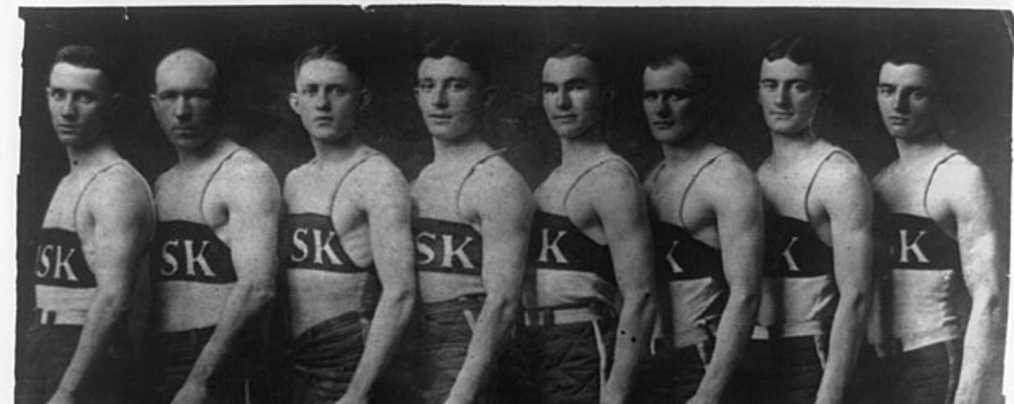In Boston, Flaman's arrival in 1944 heralded the dawn of a defensive fortress. His rugged play, characterized by aggressive body checks and a knack for reading the ice like a book, earned him the respect of teammates and the fear of opponents. He anchored the Bruins' blue line for seven seasons, helping them secure two Stanley Cup appearances. He became a fan favorite, his name echoing through the hallowed halls of the Boston Garden.
Then, in a twist of fate worthy of a hockey epic, Flaman found himself traded to the Toronto Maple Leafs in 1950. Donning the white and green, he found himself amidst a dynasty-in-the-making. His defensive prowess seamlessly integrated into the Leafs' powerful machine, and his unwavering determination fueled their championship drive. In 1951, he lifted the Stanley Cup with his former rivals, a poignant feat that solidified his place in hockey history.
But the duality of Flaman's career didn't end there. Traded back to the Bruins in 1954, he embraced his return with the spirit of a warrior returning home. He captained the team for five seasons, leading them to another Stanley Cup appearance in 1957. His loyalty to both Bruins and Leafs wasn't questioned; it was simply understood. He served each team with the same fiery passion, etching his name in the hearts of fans on both sides of the rivalry.
Flaman's legacy transcends mere statistics. He was a pioneer of the "stay-at-home" defenseman, paving the way for generations of blue-liners who prioritized protecting their net over flashy offensive forays. He was a leader, both vocal and by example, inspiring his teammates to push their limits and never back down. He was a symbol of the NHL's golden age, a time when rivalries were fierce but respect between players remained untarnished.





